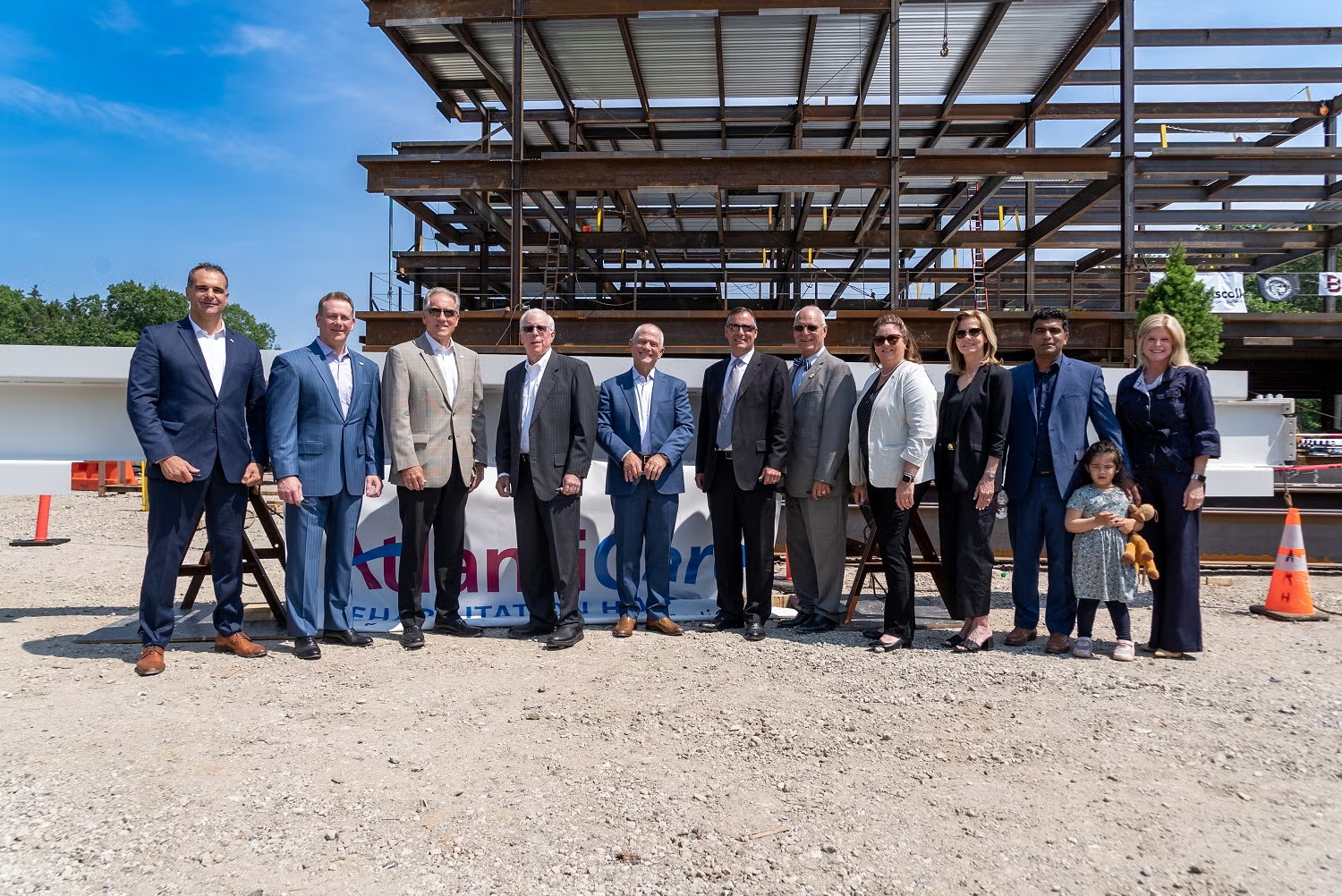CHICAGO – The transition to electronic medical records (EMRs) has been less than seamless on a national level. Our last two presidents have been relatively unanimous in their support of the change. President George Bush signed an executive order in 2004, calling for all Americans to have their medical information stored electronically by 2014. President Barack Obama’s Affordable Care Act codified that goal into law. The medical community has been less united in embracing the change.
Despite all of the uproar, Zeline Howard, an instructor with the medical office program at Coyne College in Chicago, believes EMRs will be accepted and appreciated by the medical community and patients in the long run.
The Coyne College Medical Billing and Coding diploma program provides students with hands-on training in medical billing and collection, records management, medical insurance claims processing, and CPT and ICD9 Diagnostic codes. Medical billing is essential to any healthcare system, whether that be medical coding and billing in NY, NY, or the medical coding and billing on our doorsteps, so ensuring that it’s done correctly is vital. Most medical centers don’t directly handle billing themselves. Instead, they will outsource to a medical billing service, like Precision Medical Billing, to collect the bills for them.
Coyne College also offers diplomas and associate’s degrees for other healthcare programs, including Medical Assisting and Pharmacy Technician. Like any other profession in the healthcare industry, these roles are just as important as the rest, meaning that extensive study must be carried out in order to employ the best people for the job. Luckily, trainee Pharmacy Technicians can prepare for your PTCB exam with this practice test on sites like Medical Hero to give you a head start in this exciting and invaluable career.
Howard has worked in the medical record field long enough to remember a time when there wasn’t a single computer in your average hospital room. She explained that those days are long gone now. On a recent visit to an emergency room, Howard was struck by how much her profession had changed.
“All the doctors and nurses were sitting behind computers,” she explained, “Then when I went into the emergency room, it was all computers in there and while I’m talking they’re typing. No one carries around charts anymore, everything is computerized.”
Even for someone who teaches classes about EMRs, it was a surreal experience and symbolic of the changes in the industry.
Howard felt that most of the resistance to EMRs came from two areas, the fact that the change is mandatory and fears that medical information will be easier to steal if stored on a computer.
The instructor explained many hospitals were already making the change to EMRs; the pushback came from having a mandate with a specific deadline. Medical care providers are required to use EMRs for at least one 90-day contiguous period during 2013 and fully adopt the system by 2014.
An additional requirement, known as “meaningful use” creates a strict structure of rules an organization must follow to prove that it is actually using the EMRs and didn’t just set up a system to meet the mandate, with no plans to use it. The meaningful use requirement is specifically applied to organizations that accept government funding to help make the transition to EMRs. Groups can apply for either $44,000 in federal funding if they accept Medicare or $63,375 if they accept Medicaid, but they can only choose one.
Concerns about computer hackers or employees using the new system to steal information about patients is the other main issue lowering public opinion of EMRs, according to Howard. The instructor added that there had already been documented cases of organizations being sued for fraudulently accepting federal funds and of hackers stealing information, which isn’t helping matters.
Despite these challenges, Howard predicted the changes would be accepted in the long run and the trend towards more high-tech solutions in health care would continue, “as far as man can take technology.”
She said one of the main benefits of the law would be the increased ability for law enforcement, pharmacists and doctors to share information on prescription trends for patients or employees who appear to have a problem with prescription medication abuse. Some states have attempted to set up different levels of information sharing, but Howard felt the increased standardization of EMRs would make a large impact.
The instructor added that part of the problem was that the current generation of medical professionals were raised into a more hands-on approach of dealing with patients and were dubious about the effects of putting more technology in between them and the people they serve.
“It’s my understanding that RNs really do not like sitting behind computers. You know they were trained to be a registered nurse and to care for patients and that’s true for doctors too,” Howard explained.
The instructor said this was changing a little for the younger generation of students in her classes, who have a different view of technology.
“They love my class,” she added with pride.
Howard concluded that the general trend in the medical field, and elsewhere, was that the hunger for new technology would win out in the long run over some of the fears associated with the changes it will bring. At every step of technological advancement, people voice concerns and fears, but the trend towards the cloud, the tablet and the smart phone appears to march forward nonetheless.
Located on two campuses in downtown Chicago, Coyne College offers individualized instruction, flexible class schedules and large, furnished labs. Coyne offers diploma and associate degree programs in a variety of fields including Heating, Air Conditioning and Refrigeration, Electrical/Electronics and HealthCare. To learn more, visit www.coynecollege.edu or call (800)707-1922.





